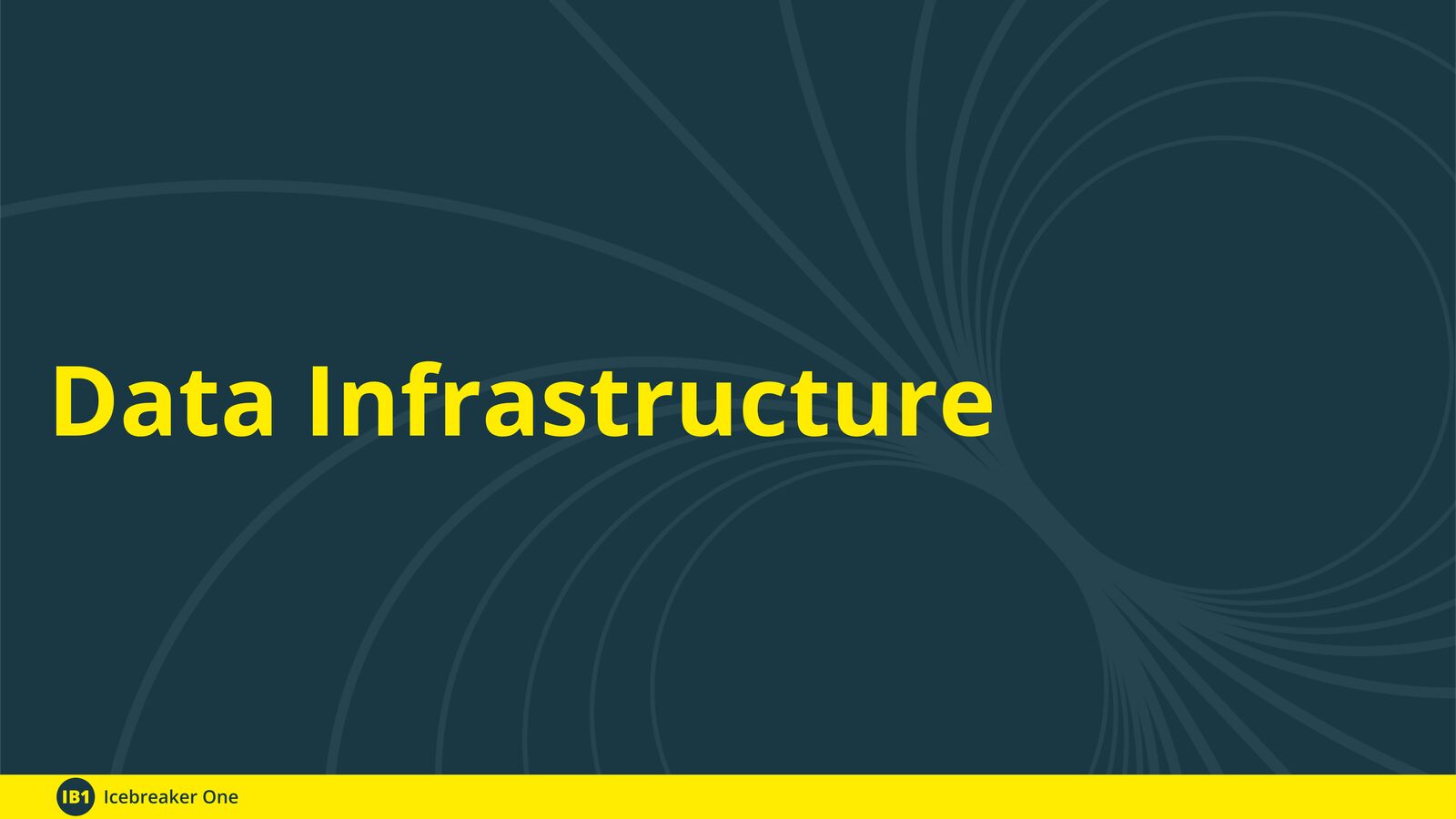IB1 is helping to create the foundations of robust data infrastructure that can operate at sector, cross-sector and national scale. A selection of our work on this topic are listed herein. For sector-based work, please see https://ib1.org/sectors.


IB1 is helping to create the foundations of robust data infrastructure that can operate at sector, cross-sector and national scale. A selection of our work on this topic are listed herein. For sector-based work, please see https://ib1.org/sectors.